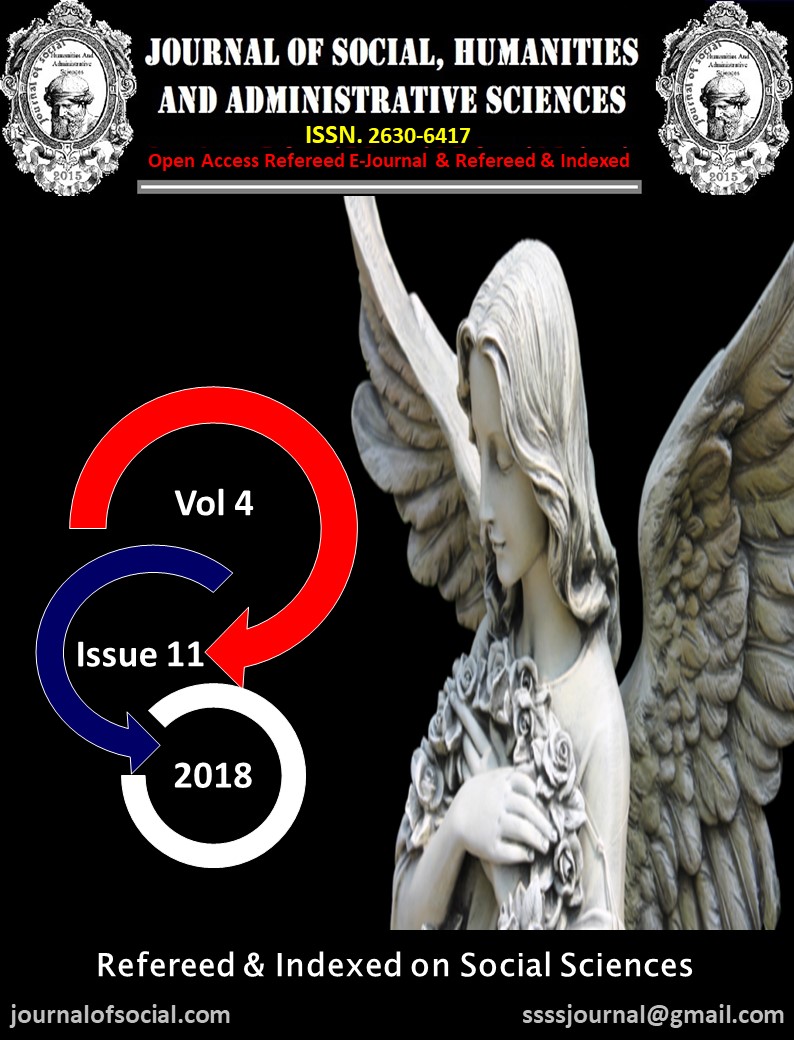Author :
Abstract
Мақалада түрік халқының танымында дүние жаратылысы жөніндегі мифологиялық түсінігі бойынша әлем кеңістігі, күннің батуы мен шығуына орай бөліндісі қарастырылады. Бұндай бөлу қазіргі күнде де мәнісін жойған жоқ. Дүниенің төрт бұрышы деп бөлу осыдан қалса керек. Сонымен қатар, түркі халықтардың танымында уақыт пен кеңістік категорияларына жеті күндік апта, төрт апталық ай, он екі айлық жыл және он екі жылдық мүшел циклдары кіретіндігі тілдік фразеологиялық бірліктер арқылы берілген. Түбі бір түркі тілдерінің негізгі дыбыстық сипаты мен сөздік қорларында, сөздік құрамы мен негізгі тілдік жүйесінде айырмашылықтан гөрі ұқсастықтар мол болуы заңды, туыстас тілдердің өзгеруі, дамуы, қалыптасуы заңдылықтары да ортақ. Осы себепті кез-келген түркі тілінің тілдік даму желісі мен жүйесін, сөздік құрамы мен құрылымының даму заңдылықтарын бір-бірінен оқшау қарастыруға болмайды. Қазақ танымында қалыптасқан, бейнелі тәсілмен дүниеге келген «уақыт» ұғымы әр халықтың өмір тіршілігіне, әдет-ғұрыпына, дүниетанымына байланысты қалыптасқан. Ислам діні кіргеннен кейін діни тұрғыға байланысты айтылатын, уақытты білдіретін өлшемдер қалыптасты. Ол өлшемдер күні бүгінге дейін діни ұстанымдарда, яғни намаз оқу, ораза ұстау т.б. қатысты қолданылады. Осы орайда Бес уақыт намаз: таң (Бамдат) (таң қылаң бере таң намазын оқитын кез), күннің еңкейген мезгілін бесін (бесін намазын оқитын кез) деп атаған, екінді (түс ауып, күн батуға жақындаған мезгіл, бесін мен ақшам арасы), Ақшам (күн еңкейіп, ұясына кіруге таяған кез), Құптан (түн уақыты), ораза ұстау: ауыз ашар кез (күн ұясына кіргеннен кейінгі уақыт), сәресі (таңғы уақыт, шамамен сағат 4-5 арасы) т.б. деп күн уақыттарын бөліп қарайды. Бұл тек қазақ ұлтына ғана емес күллі түркі тектес мұсылман халықтар танымындағы уақыт өлшемі. жыл санау түркі тілдес халықтарының жас ұғымымен де тікелей байланысады.
Keywords
Abstract
This article examines mythological conceptions of the world according to the Turkish people on the basis of their understanding of space and time.They viewed the world as divided into four corners – a division which persists to this day.Moreover, in the knowledge of the Turkic nations, the phraseology of the time and space is represented by seven-day weeks, twelve four-weekmonths, and twelve-year-old cycles. There is a generallaw of common Turkic languages. vocabularies, and basic linguistic systems, as well as a similarity between the laws of change, development, and formation of relative languages. For this reason, the laws of development for the linguistic network. system, vocabulary. and structure of any Turkic language can not be separated one from another. The concept of "time" that is formed in a figurative manner in the Kazakh identity is based on the lifestyle, customs and perceptions of eachnation. After the introduction of Islam, there were criteria that reflected the time of religious affiliation. It is a criterion applicableto today's religious beliefs, namely prayer, fasting, and so on.. Here are five times of prayer: 1)morning (Bam'dad), which is the time when the sun isrising, the moment when the sun is appears above the horizon, 2) noon, the moment when the sun is directly above, 3) the sunset, (when the sun stands, when it is near the horizon), 4) Fasting (night time), fasting time (time after the sun has set), 5) breakfast (about 4-5 o'clock in the morning) as they say. This is not just the Kazakh nation, but the conceptionof time in the knowledge of all Turkic-speaking Muslim peoples. The year count is also directly related to the conception of the early Turkic-speaking peoples





